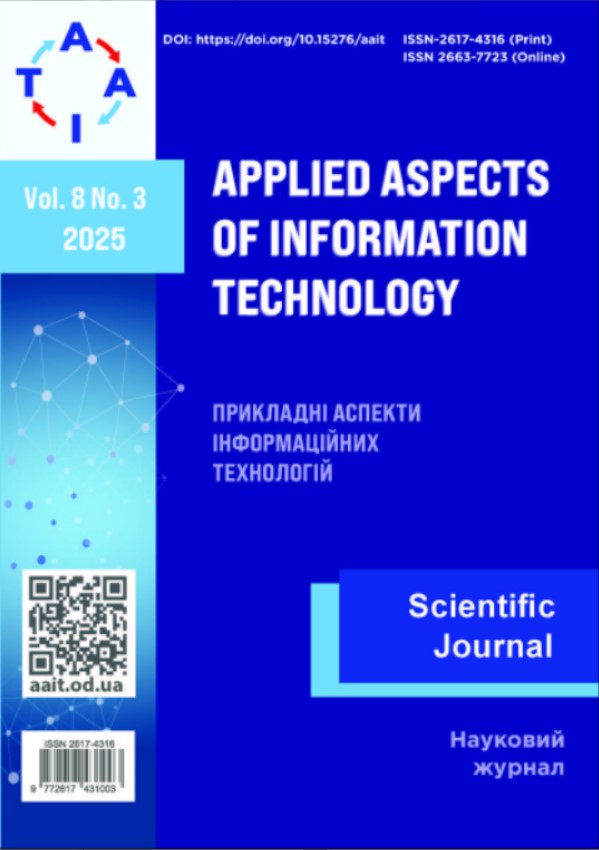Methods for addressing labeled data scarcity in applied computer vision systems
Main Article Content
Abstract
This article systematizes approaches to addressing the shortage of labeled images in datasets for deep learning models, which constitute the core of modern computer vision applications. It covers methods such as transfer learning using pre-trained networks, weakly supervised and semi-automatic labeling techniques, and various sample expansion strategies through data augmentation. Particular attention is given to data augmentation as a widely applicable and technologically accessible approach. The article presents an experimental analysis of the impact of different augmentation methods, including classical transformations such as rotation, reflection, noise addition, and modern techniques like MixUp, CutMix, and AugMix, on the performance of convolutional neural networks in image classification tasks. Results demonstrate that even basic augmentation methods can substantially improve model generalization when training data are limited, and combining multiple strategies can approach the accuracy achievable with fully labeled datasets. In addition, the study explores the application of pseudo-labeling, a semi-automatic labeling method, with a focus on the RAF-DB dataset for facial expression recognition. By generating confident pseudo-labels for unlabeled samples, the model’s performance improved by up to two percent in overall accuracy and up to ten percent in individual class recognition. This highlights the potential of combining augmentation with pseudo-labeling to enhance model robustness in scenarios with scarce labeled data. An additional experiment using a basic CNN on the CIFAR-10 dataset confirmed the positive effect of augmentation on classification accuracy. The employed transformations included horizontal flipping, random cropping, and color jittering, resulting in a аfive percent increase in overall accuracy compared to models trained without augmentation. The findings indicate that integrating classical and advanced augmentation techniques with semi-automatic pseudo-labeling provides a practical and effective strategy for improving deep learning performance on limited datasets. This combined approach is particularly valuable for real-world applications where labeled data are scarce or costly to obtain, demonstrating a promising direction for further research and deployment in domains such as facial emotion recognition and general object classification.



